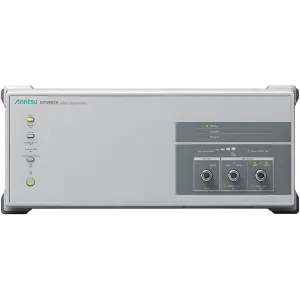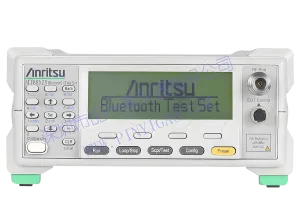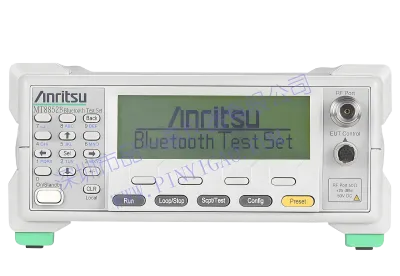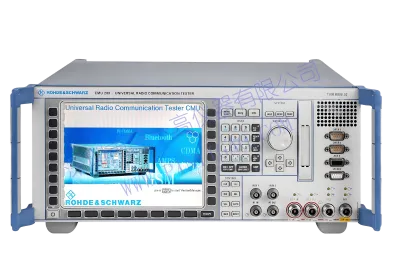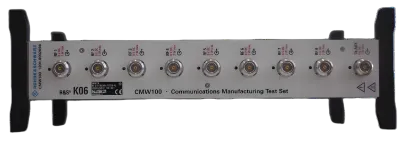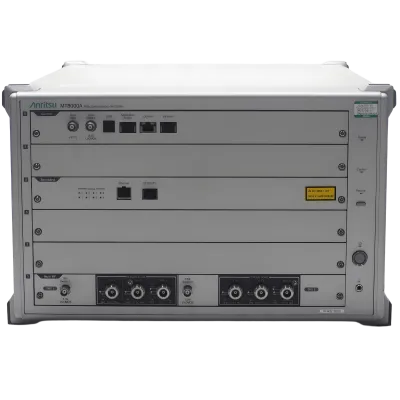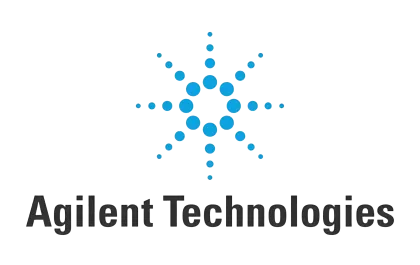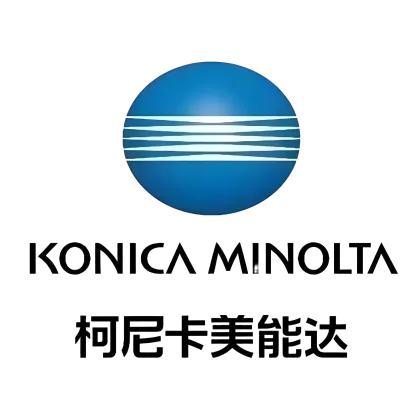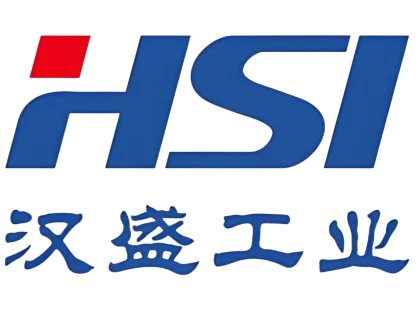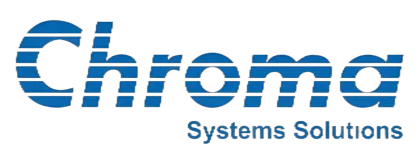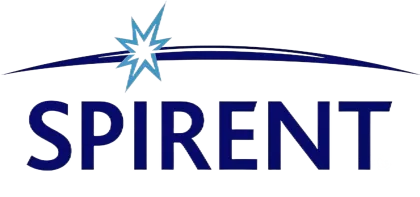Solutions
Semiconductor Testing
End-to-end approach unifies multi-radio bring-up, RF integrity, power/thermal, EMI risk pre-scan, and future extensibility with local engineering support and supply chain assurance.

Integrated Multi-Radio Test Platform
Fragmented benches create calibration drift and duplicated power profiling. Workflow: DUT bring-up → RF calibration → protocol handshake logging → power correlation → regression batch. A unified WIFI BT GPS test Set with common timestamping can reduce context switching cycles by >30%. Coexistence analysis highlights when aggregate interference raises packet retry rate above a 2% threshold, enabling early layout or firmware mitigation. Output logs feed Section 2 spectrum triggers and later lifecycle automation, lowering re-spin risk through coherent data reuse.
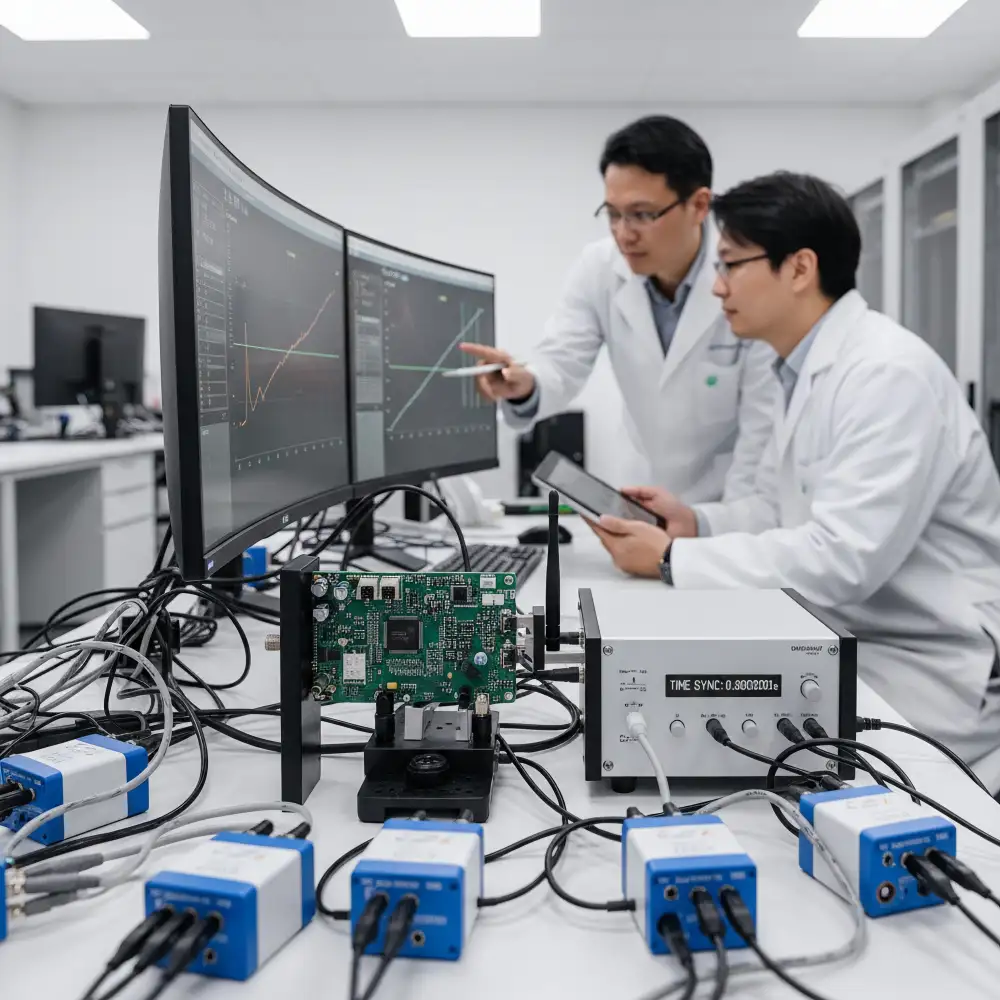
RF Spectrum Intelligence
Short-lived emissions often mask root causes. Sequence: real-time detection → isolate time slice → vector decode → mitigation confirmation. A Spectrum Analyzer excels at capturing 20 µs transients; a Signal Analyzer adds deep modulation and EVM insight—clarifying difference between broad spectrum analysis and vector detail. Interference hunting steps (detect → isolate → verify) can cut triage hours by 25%. Correlated timestamps from Section 1 let you map a 3 dB noise floor rise precisely to a coexistence handshake window, reducing blind adjustments.
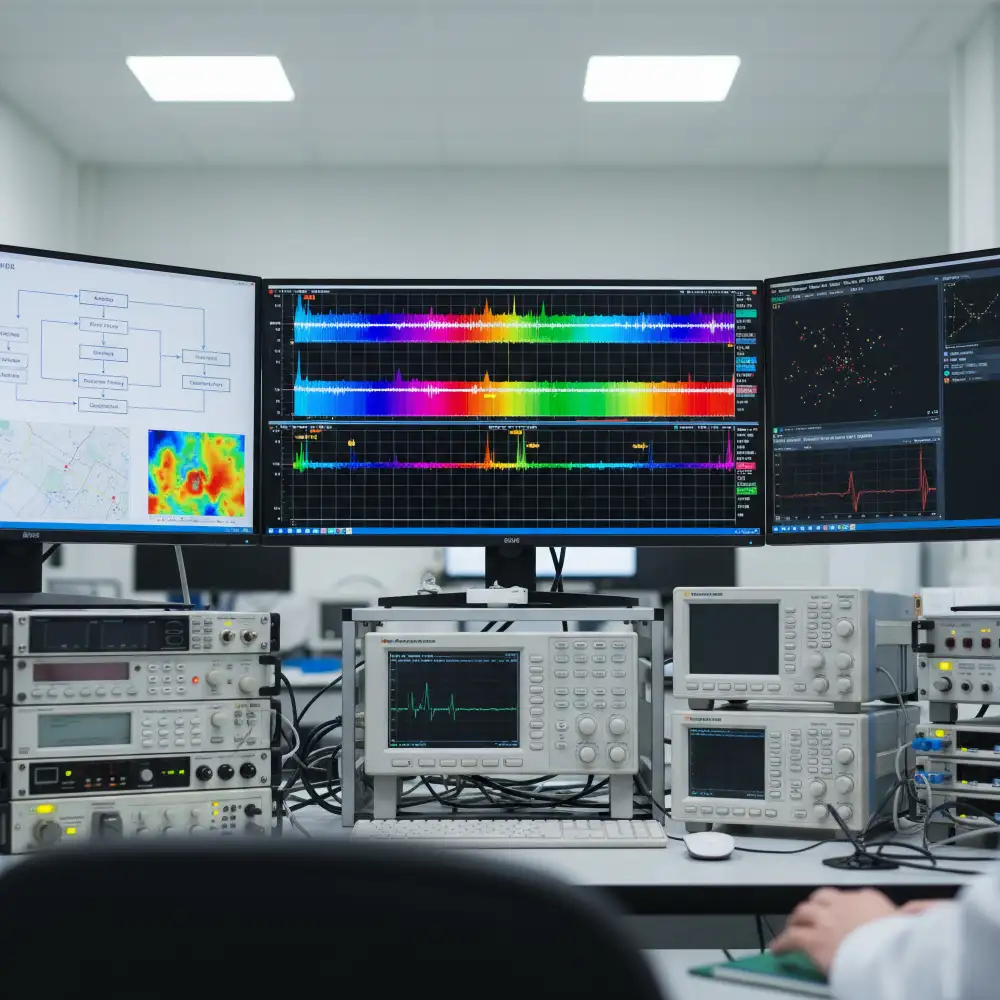
Power & Energy Optimization
Thermal and voltage dynamics interact with charging negotiation. Workflow: battery simulation profile load → protocol negotiation capture (USB PD / PPS / QC) → current waveform ripple (<20 mV) → overshoot & efficiency analysis → scripted regression. A Fast Charging Comprehensive Tester plus Battery Simulating Power Supplies aligns negotiation plateau drift (<30 mV) with RF activity markers; adding a power meter pinpoints efficiency dips <2%. Linking Section 2 spectrum bursts reveals if RF power spikes triggered regulator compensation. This reduces iterative tuning loops by roughly one quarter and preserves thermal margin headroom.
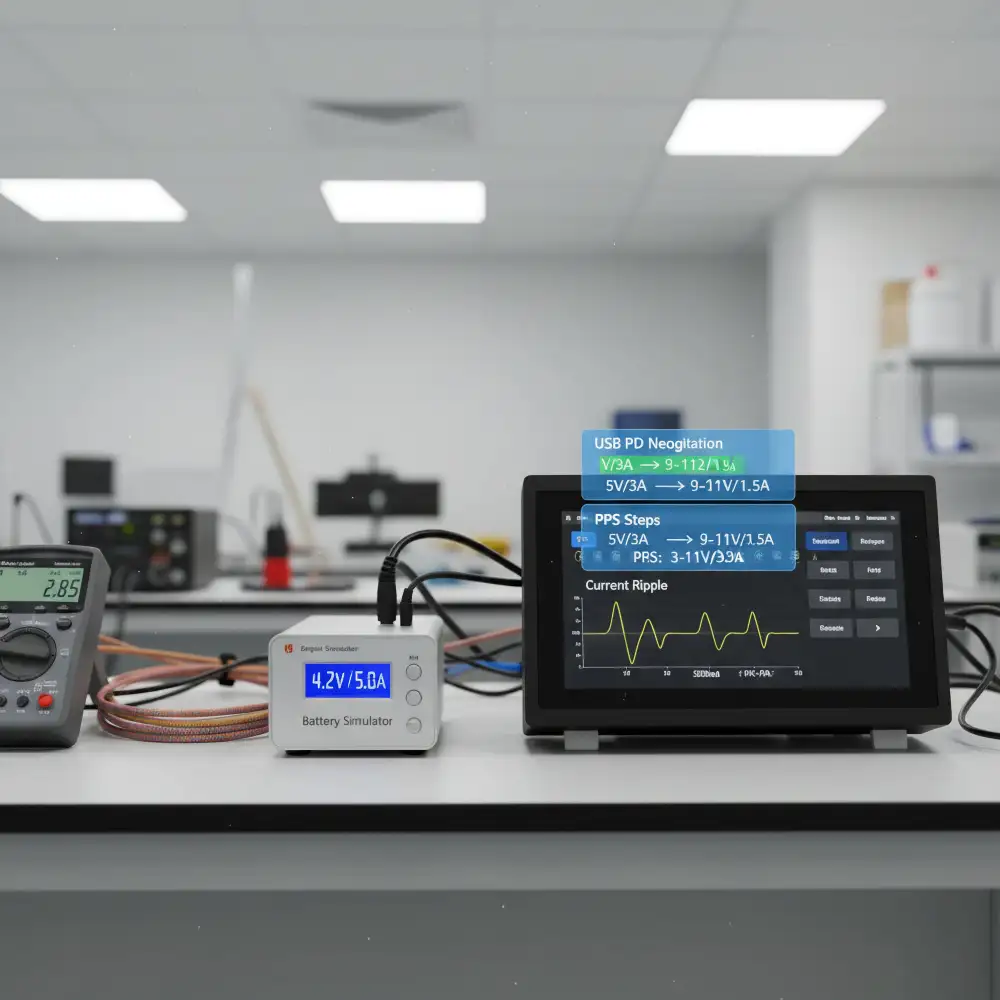
Shielded & Controlled Environments
Open benches raise ambient interference and re-test cycles. Workflow: Shielding Box configuration → filtered feedthrough cabling → grounding validation (≤10 mΩ continuity) → baseline noise capture → mitigation verification. Isolation improvement (e.g., -92 dBm inside vs -86 dBm outside) becomes the controlled reference feeding Section 7 compliance comparisons. Stable RF baselines prevent false positives in power correlation established earlier, and reduce external reruns. Cable routing and absorber placement decisions are documented for reproducibility and lifecycle continuity.
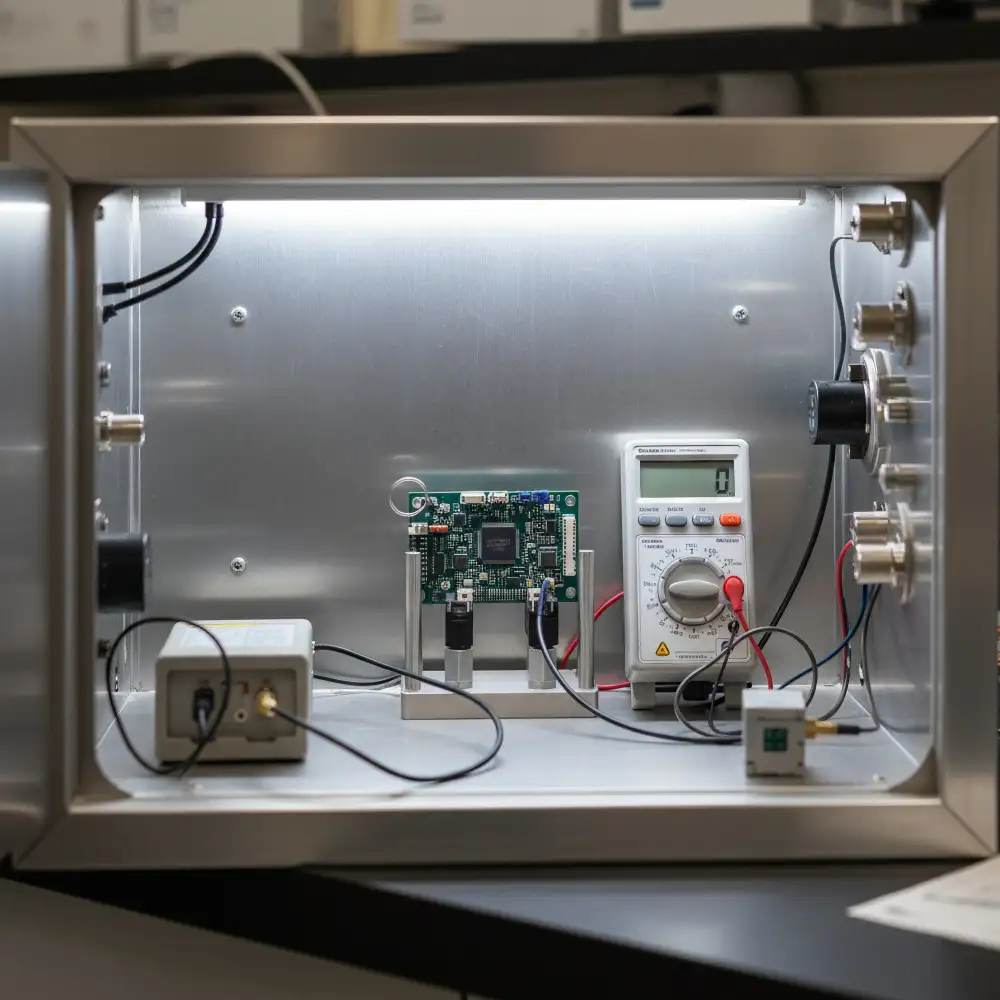
Component & Interface Characterization
Imperfect RF front-end matching increases system noise and reduces link budget. Process: SOLT or electronic calibration → Network Analyzer sweep → S-parameters assessment (target S11 < -15 dB, passband ripple ±0.5 dB) → impedance tuning → re-verify under temperature shift. Adding a Signal Generator stimulus validates compression onset. Correlating S21 flatness deviations with Section 2 transient markers distinguishes filter misalignment from external interferers. Early precision here minimizes production variance and avoids over-designing downstream gain stages.
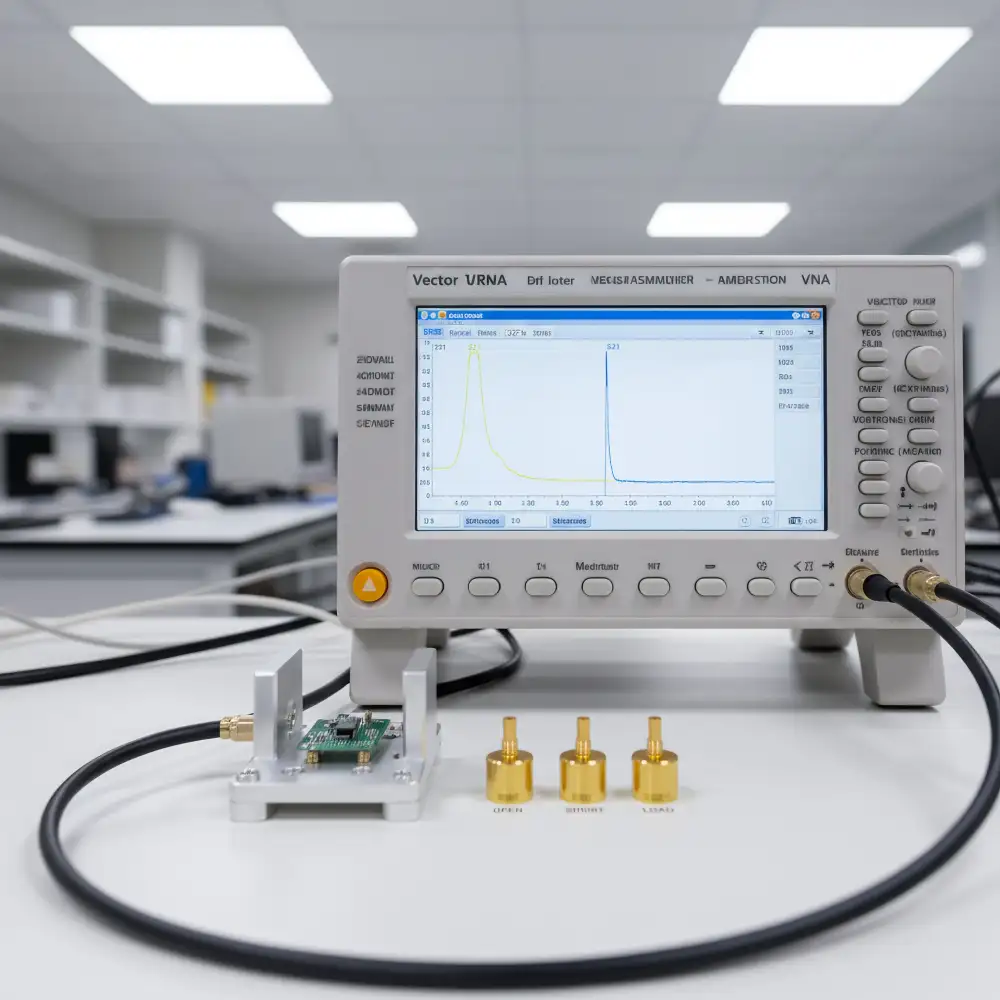
High-Speed Signal & Event Debug
Intermittent throughput drops often pair with millisecond-scale rail dips. Workflow: spectrum trigger (from Section 2) → Oscilloscope capture → power dip quantification (e.g., 120 mV) → protocol log alignment → root cause classification. Multi-instrument synchronization keeps timing skew under 100 ns. Adding a current probe correlates dynamic load steps with RF amplifier enable edges. This structured path narrows hypotheses quickly, reducing trial fixes and preserving bench time. Output artifacts loop back into Section 7 for emission retest targeting.
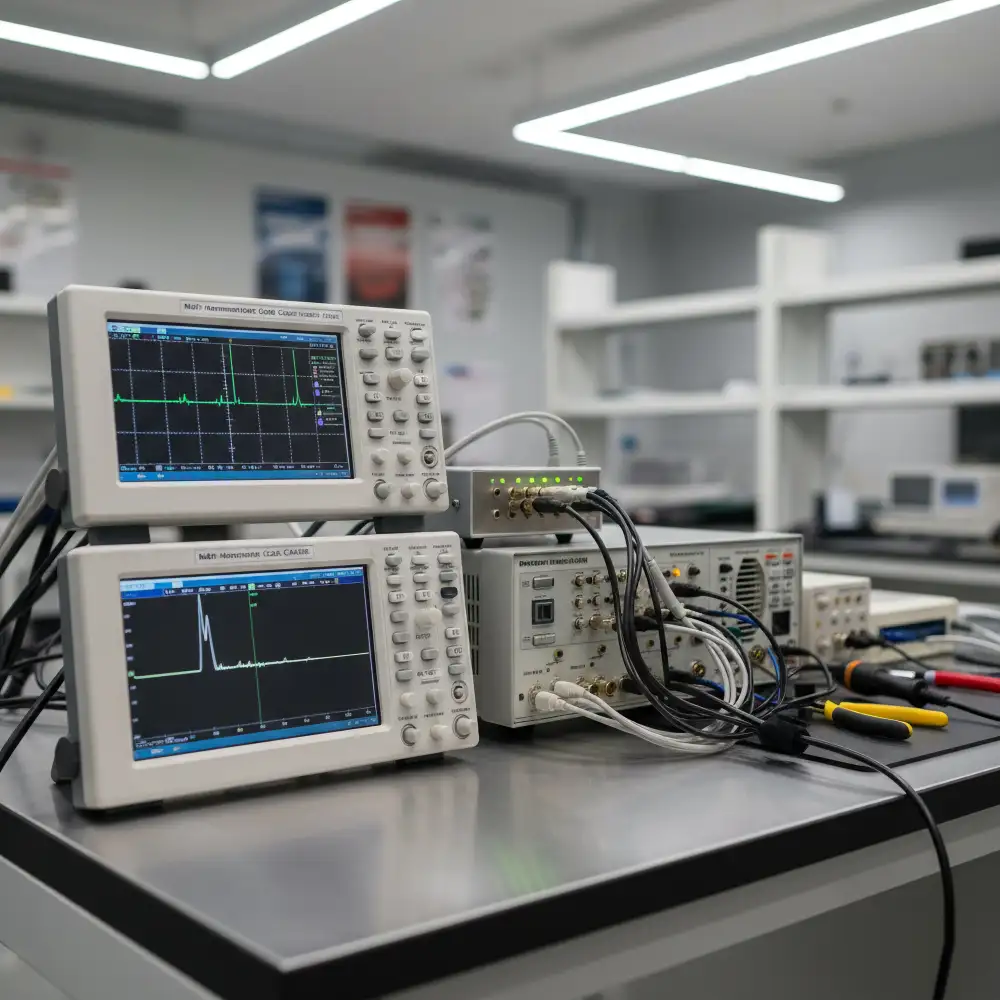
Compliance & Pre-Scan Strategy
Late discovery of emission excess is costly. Loop: baseline scan → peak/quasi-peak/average comparison → targeted suppression (ferrites, layout tweak) → delta validation → documentation. Integrating earlier Shielding Box baselines and spectrum transient logs accelerates EMI pre-compliance testing, while risk mitigation pre-certification methods rank hotspots by margin (e.g., quasi-peak 3 dB below limit vs. peak 1 dB below). An EMI Test Receiver can confirm final quasi-peak stability before external lab booking, potentially cutting one or two external cycles.

Future-Ready Extensibility
Data volume scales with added radios and debug layers. Architecture path: unified timestamp bus → structured event index → script replay → digital twin scenario reconstruction → analytics (AI-assisted test analysis, clustering anomalies). Reusing Section 1 and 2 time-aligned logs enables scenario simulation without new captures. Scalable test architecture eases integration of channel emulation, MIMO expansion, or emerging GNSS bands without rewriting core automation. Centralized metadata preserves traceability, supporting preventive maintenance and long-term quality improvement.

Product Recommendations
View All